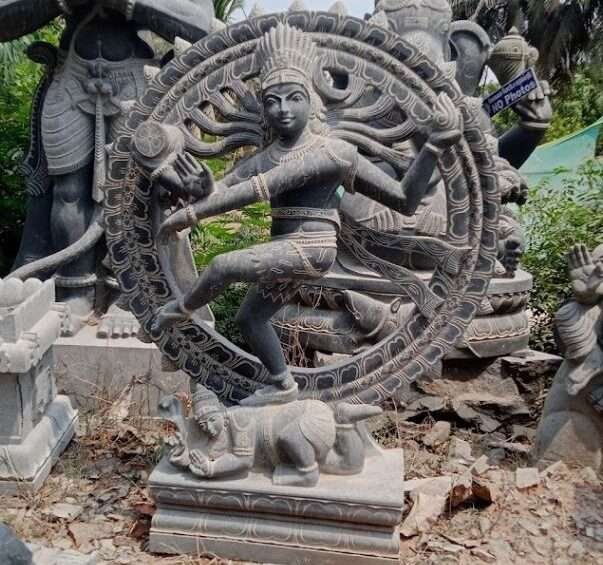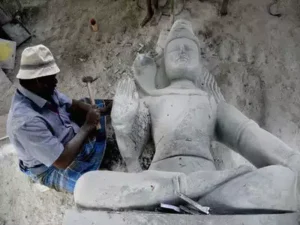Sculpture, a timeless art form that breathes life into inanimate materials, has fascinated and captivated humanity for centuries. Amongst the myriad forms of sculptural art, statues stand as monumental expressions of creativity, skill, and human emotions cast in stone or other mediums. These sculptures, frozen in time, encapsulate stories, cultures, and the essence of the artists who bring them into being. Join us as we delve into the world of statue sculpture, exploring the craft, history, and significance of this enduring artistic tradition.
The Craft of Statue Sculpture
Statue sculpture is a meticulous art, requiring not only a creative vision but also technical expertise and a profound understanding of the chosen medium. Sculptors meticulously carve, mold, or cast their visions, meticulously chiseling away excess material to reveal the hidden forms within. From marble and bronze to wood and clay, each medium presents its own unique challenges and possibilities, demanding mastery of tools and techniques.
Tools of the Trade:
- Chisels and Hammers: These fundamental tools allow sculptors to chip away at the raw material and shape it according to their artistic vision.
- Rasps and Files: Used for refining the surface and achieving intricate details.
- Calipers and Compasses: Essential for measuring and proportioning the sculpture accurately.
- Lathes and Modeling Tools: Useful for working with softer materials like clay or wax.
Historical Evolution of Statue Sculpture:
Statue sculpture has traversed through different cultures and epochs, each leaving a distinct mark on the art form. In ancient times, the Greeks pioneered the art of sculpting human anatomy and form, striving for perfection and realism in their creations. The Renaissance era witnessed a revival of classical styles, while modern and contemporary sculpture have embraced abstraction, surrealism, and unconventional materials.
Notable Sculptors and Their Contributions:
- Michelangelo Buonarroti: Renowned for his masterpieces like “David” and the “Pieta,” Michelangelo’s sculptures epitomized grace, beauty, and humanism.
- Auguste Rodin: A pioneer of modern sculpture, Rodin’s works, including “The Thinker” and “The Kiss,” pushed the boundaries of traditional representation.
- Louise Nevelson: A prominent figure in contemporary sculpture, Nevelson utilized found objects and abstract forms to create powerful and evocative pieces.
Expressions and Symbolism:
Statues, as carriers of symbolism and emotions, communicate powerful messages to those who behold them. From depictions of strength and resilience to expressions of love and compassion, each statue narrates a unique story. Whether honoring historical figures, celebrating cultural heritage, or offering a glimpse into the human condition, these sculptures leave a lasting impact on society.
Conclusion:
Statue sculpture remains an art form that transcends time and space, leaving an indelible mark on civilization. Through the skillful hands of artists, stone and other mediums come alive, narrating tales and capturing the essence of humanity. As we appreciate the intricacies and beauty of statue sculpture, we recognize the enduring legacy of this art form and the artists who breathe life into the stone, enriching our understanding of the world and ourselves.


